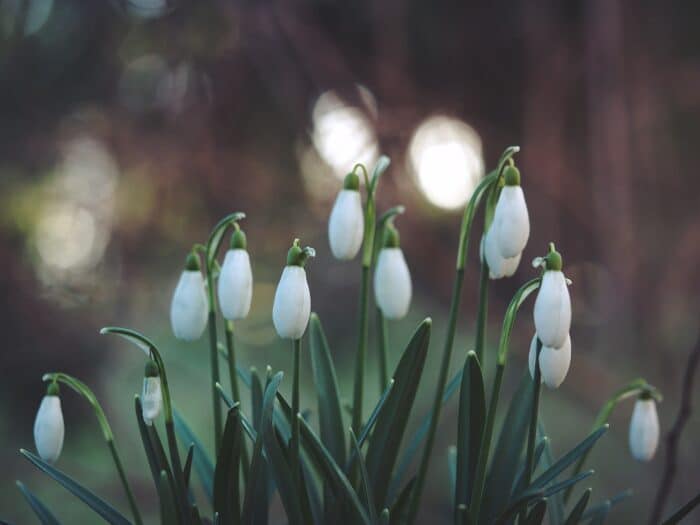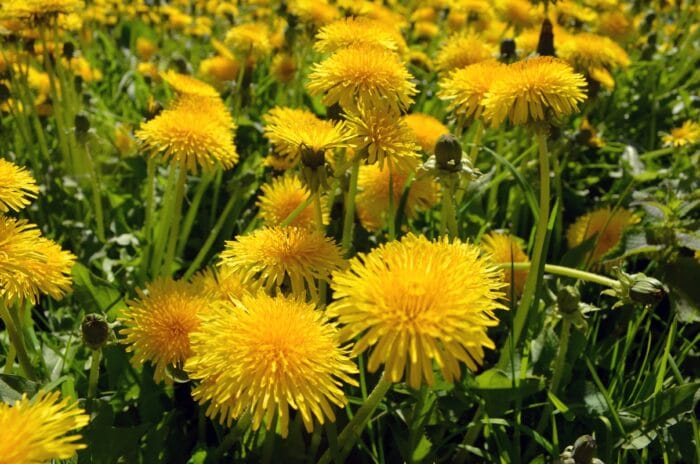At Corker Outdoors, we’re big on being friendly. In this case, we’re talking environmentally friendly, with a look at some perfect plants for pollinators. And although we often say we do everything but plants when it comes to landscaping, we are lucky to have flower-friendly neighbours in the form of Capel Cottage Garden Nursery! Being just next door and along the same road, you can pop to them for further inspiration – once you’ve stopped to say hello to us of course! And we’ll still be on hand to help with any landscaping insights and encouragement you need.
Why pollinators need our help
In just half a century, the types of insects that feed on nectar and help with pollination have taken a serious hit. This includes various species of butterflies, bees, hoverflies and even some of our day-flying moths. At the same time, we’ve seen a dramatic decline of wildflower meadows. As well as the widespread use of pesticides, disease, and the arrival of non-native species, and the odds are definitely against them. These are just a few of the reasons our private outdoor spaces have become sanctuaries to these vital mini-beast gardeners!
And vital they are! Without the help of pollinators, there’d be no apples, pears, cherries, raspberries, blackberries, gooseberries, or strawberries! In fact, most of our nuts and fruits are heavily reliant on pollinators. But that’s just the tip of the iceberg. It’s estimated that bees pollinate one or more cultivars (selectively bred plants that need help to reproduce) in 66% of the world’s crop species*. It doesn’t stop there though. They’re even essential in meat and dairy production. Insect pollinated alfalfa, peas and soya beans make their way into livestock and poultry feed*. Commercially farmed fish are also primarily fed pellets containing soya bean, as well as lupine and rapeseed oil*. All these crops rely on insect pollination in some part. With that in mind, practically a third of all food consumed by people has a connection to pollinators.
And, on top of all that, there’s the value all this food production contributes to the global economy too! That’s anything up to $577 billion! **.
How to attract pollinators
If you can offer a tempting variety of flowering plants that provide pollinators the opportunity to feed from early Spring through to Autumn, you’re bound to get their attention. At the same time, avoid plants with double or multi-headed flowers. These types tend to be all talk and no game – with little pollen or nectar to offer and can be hard for insects to access.
The simplest thing you can do to attract pollinators is stop using pesticides – especially when plants are in flower. And if you find gardening a bit of a chore, why not embrace the “No Mow May” campaign started by Plantlife. You won’t have to life a finger to help pollinators!
At the same time, maybe think twice about doing the weeding. After all, weeds are just wildflowers growing in what we deem to be the wrong place. Dandelions, daisies, and buttercups are all early bloomers that offer pollinators some of the first feasting of the year. Getting rid of them can often mean bees and other insects going hungry. You can also think about adding native wildflowers to your garden. If you have bald spots on your lawn, this article by award-winning garden writer Jean Vernon shows how you can use nature to your advantage and help pollinators at the same time.
Bee in the know
- The UK has over 25 species of bumblebee, 11 of which commonly visit our gardens
- Over 60,000 bees can be found in a single hive, and collectively they can produce over 100lbs of honey
- There are over 260 species of solitary bee found in the UK
- Over 280 species of hoverfly can be found in the UK, and their larvae are ferocious predators…of aphids! Natural pest control
- Adult pollen beetles live up to their name and feed on flower pixie dust throughout spring and summer
- Butterflies and moths use their telescopic tongues to reach nectar other insects can’t reach, and are therefore vital species-specific pollinators
- Bees really do dance! Their figure of eight wiggles can communicate to other bees where the best flowers are – indicating direction and distance!
And of course, our advice on plants for pollinators wouldn’t be complete without some actual plants. Here are some of the best for supporting our armies of insect gardeners throughout the year.

- Clematis (winter)
- Crocus (winter)
- Hellebores (winter)
- Snowdrops (winter
- Tree ivy (winter)

- Blackthorn or sloe (spring)
- Dandelion (spring)
- Lungwort (spring)
- Marsh marigolds (spring)
- Spotted dead nettle (spring)
- Primrose (spring)

- Angelica (summer)
- Bergamot (summer)
- Borage (summer)
- Buddleia (summer)
- Burning bush (summer)
- Chives (summer)
- Cornflower (summer)
- Dog rose (summer)
- Foxglove (summer)
- Fuchsia (summer)
- Globe thistle (summer)
- Goatsbeard (summer)
- Honeywort (summer)
- Knapweed (summer)
- Meadow cranesbill (summer)
- Ornamental onions (summer)
- Poppies (summer)
- Roses (summer)
- Sages (summer)
- Snapdragon (summer)
- Sweet Peas (summer)
- Toadflax (summer)
- Yarrow (summer)

- Anemones (autumn)
- Aster (autumn)
- Dahlia (autumn – single flower forms only!)
- Ivy (autumn)
- Monkshood (autumn)
Further thoughts
Fruit trees like crab apples, damsons, and cherries are also excellent native pollinators. The same goes for shrubs including blackcurrant and white currant. As we mentioned at the start of this article, if you’re looking for detailed advice on seasonal plants for pollinators, head to our friends at Capel Cottage Garden Nursery.
*Apicultural, 2018 https://www.apicultural.co.uk/the-foods-that-bees-pollinate
**Forbes, 2019 https://www.forbes.com/sites/bayer/2019/10/14/the-value-of-pollinators-to-the-ecosystem-and-our-economy/?sh=3d52a3847a1d

